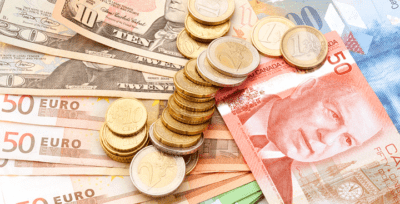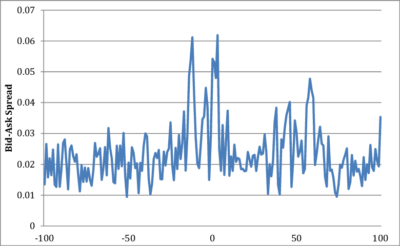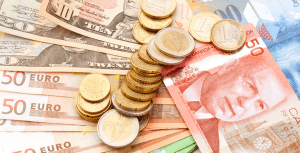While already a cliché, the aphorism, “Knowledge is Power” is more than relevant across all fields and disciplines. The Forex trading industry is no exemption. It is a must that every trader be well-equipped with the right Forex vocabulary if he or she wants to excel make advancements within the trading industry.
Knowing and being able to use Forex vocabulary properly not only makes the trader erudite in the trading practice, he or she would be able to administer trades well with the hopes of getting greater profit.
Bulls and Bears
In trading lingo, the term, “bull” is used to describe a market that poised to rise. It means that the market is stable and grounded. By contrast, “bear” would mean that the stocks are in a decline. A great deal of investors are considered, “bullish”, some are “bearish”.
It must be noted that one must be cautious in investing within a bear market as a lot of equities lose value here.
Cross Rate
Rates that are between 2 currencies are referred to as a Cross Rate. These are not the native currency of the country wherein the quote is given.
Cross Rates are usually Forex pairs without the U.S. Dollar.
Exchange Rate
Simply put, the Exchange Rate refers to a national currency’s value pit against another country’s currency value.
Pip
Percentage in Point or Pip is defined as the smallest move in price in a Forex exchange from a market convention.
A Pip equals 1/100 of 1%. It is also called, 1 basis point.
What is Leverage
An investment strategy, leverage comes from capital borrowed as a means of funding. Such is used to further the asset base of a company and to effectively produce returns on risk capital.
What is a Margin?
Margin refers to money borrowed from a broker in order to buy an investment.
The margin is also the difference between a securities’ total value saved within the account of an investor and the loaned value given by the brokerage firm. As this is the case, when you buy on margin, you simply buy securities through money lent.
What is a Spread?
One common definition of what a spread is that it is the gap in a trading position, specifically within a selling position, in either a futures contract or currency and a buying position. This is called a Spread Trade.
Currency Pairs and Their Shortnames
To date, the Forex Market has 6 commonly-traded Forex pairs. These are as follows:
EUR/USD: Euro (a.k.a Fiber) and U.S. Dollar (a.k.a Greenback or Buck)
USD/JPY: U.S. Dollar and Japanese Yen
GBP/USD: Great British Pound (a.k.a. Sterling) and U.S. Dollar
USD/CAD: U.S. Dollar and Canadian Dollar (a.k.a Loonie)
USD/CHF: U.S. Dollar and Swiss Franc (a.k.a Swissy)
AUD/USD: Australian Dollar (a.k.a. Aussie or Ozzie) and U.S. Dollar
Forex currency pair quotes how to read it
A Quote simply means the value of a currency when converted into another value. Understand that you buy a currency through the selling of another. For instance, 1 U.S. Dollar equals 108.74 Japanese Yen.

Bid Price
A Bid Price refers to the value set for commodities, services, and contracts. It may be called simply as “bid”.
To be discussed in detail later on, in a Bid and Ask, the former price stands opposite to the latter which is the “offer”, the asking value.

Ask Price
The Ask Price is either defined as the lowest price or the most viable quoted price a seller of a stock or a market participant would want to accept so as to sell a stock.
Bid and Ask Spread
The Bid and Ask Spread refers to the difference in a security or asset’s Bid and Ask prices.

To understand the Bid and Ask Spread further, we must understand first what a Spread is. In its very definition, it is referred to as the transaction cost. Those who would be taking the price always purchase at the Ask Price. In turn, he or she would be selling at the Bid Price. The market maker on the other hand will always purchase at the Bid Price and sell at the Ask Price.
Conclusion
Now if you’re a novice Forex trader looking into making exceptional progress and strides in the Forex trading industry, then you must not only know what these Forex vocabulary terms are, it is integral that you know when and how to use them. Remember, the one who holds knowledge is the one who has control.
